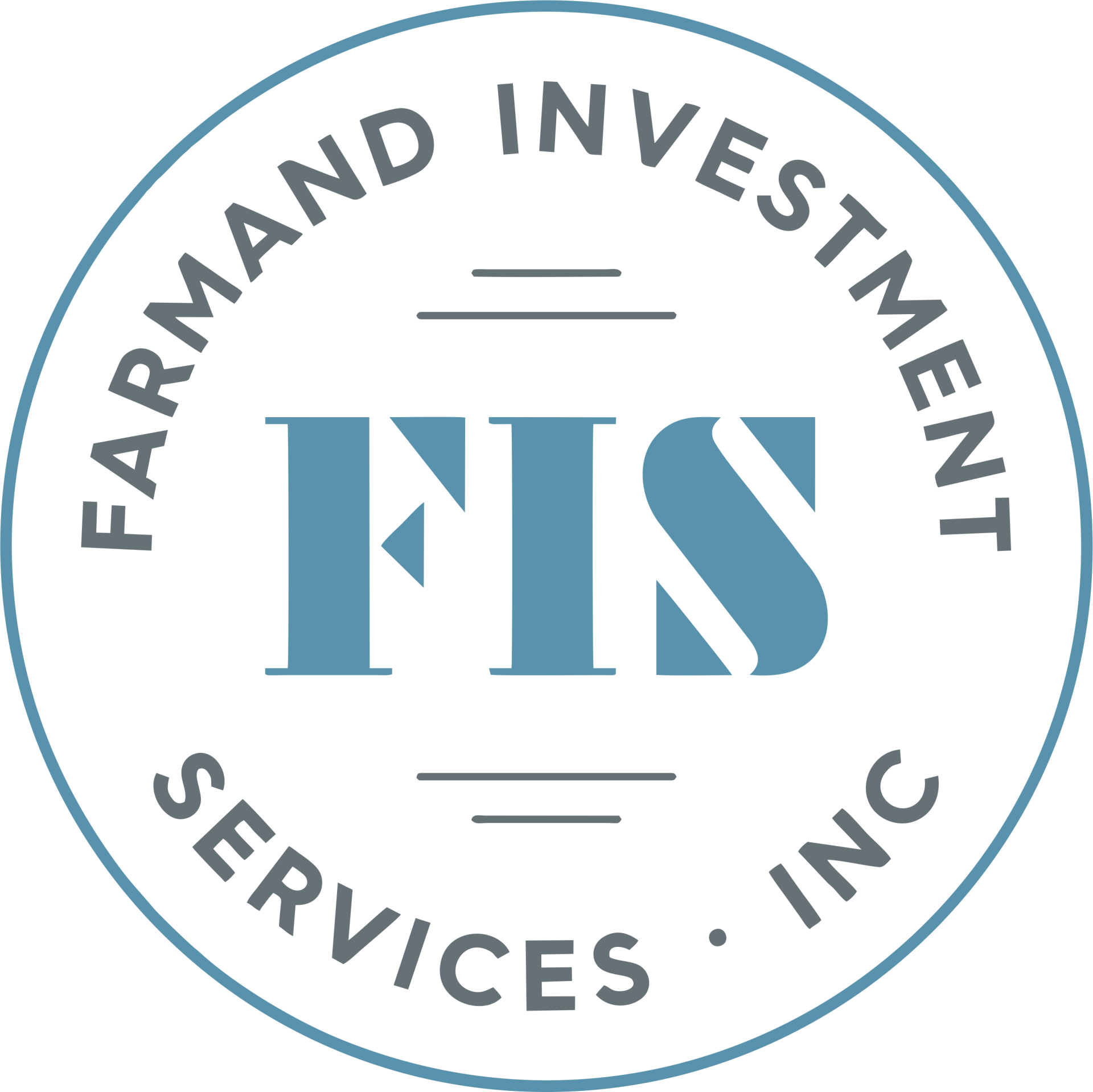Special Investment Update – February 18, 2020
Dear Clients and Friends,
The U.S. economy remains in growth mode. The gross domestic product (GDP) should be running at 2.2%, with personal consumption gaining at 3.2%. This comes with an unemployment rate at a mere 3.5% and wages gains on average of 2.9%. That is well above the inflation rate, as measured by the core personal consumption expenditure (PCE) of only 1.61%. Forward – looking data show consumers should continue to spend. And forward – looking business surveys are getting back to optimistic levels. Furthermore, expectations for more business activity from business leaders, as surveyed by the New York Federal Reserve Bank, are also on the way up from the lows in October to a current bullish reading of 31.9. We also have two major trade deals – the United States – Mexico – Canada agreement (USMCA) and the Phase 1 China Trade Agreement – that are set to provide a great deal more certainty for U.S. companies and their prospects for more revenues and controlled costs as well as for U.S. consumer costs.
Despite the run-up in the S&P 500 Index last year and since March 2009 to date, we still see value in stocks based on their underlying price to earnings (P/E), price to sales (P/S) and price to book (P/B) ratios. But to keep the S&P 500’s rally intact, companies have to deliver the earnings. Not just for the fourth calendar quarter of 2019, but also for the four quarters of 2020. Right now, compiled projections for average sales and earnings growth for S&P members are set to rise in 2020 even as average sales gains for the current reporting season are not projected to be impressive. If the projections prove out, the rally should remain in good shape.
However, there are some challenges facing us, such as the coronavirus, officially known as 2019-n COV. While it is intensifying in its severity, we do not feel that it is an economic or market apocalypse as some have said. During 2002-2003, we saw a similar coronavirus, known as SARS (Severe Acute Respiratory Syndrome), which saw China’s Hang Seng stock index drop only to significantly rally throughout 2003. Back then, China was a different place. Information and health technologies were nowhere near where they are today. By contrast, 2019-n COV was quickly DNA – mapped and sent to the World Health Organization (WHO) in Geneva to coordinate vaccine development. The key is to see if the slowing Chinese economy will be slowed further, with supply chains and resource markets more heavily impacted directly from the infections and related curfews and restrictions. The impacts that will cause economic issues are largely focused on China. Travel and retail spending will be curtailed, and businesses and factory operations will be limited. This will further slow their domestic economy and will also impact regional economies tied to China.
U.S. bonds are also performing very well. They are deemed as a hedge right now against the virus but really continue to benefit from the underpinnings of low inflation, limited issuance, strong demand and better credit conditions with the stronger economy. Our portfolios have and have had plenty of individual minibonds, preferred stocks, ETF’s, open – end and closed – end funds in the U.S. bond market. They are working and will keep working for us.
Let us now discuss a real apocalypse in the retail sector and how we can profit from it. Amazon (AMZN) and plenty of other online juggernauts have been transforming the retail landscape. Online shopping is increasingly taking the place of visiting brick and mortar retail locations. The result is that retail stores are closing. In 2019, companies announced the closing of 9,300 stores, surpassing the 2017 record of 8,000 closures. And so far in the opening weeks of 2020, 1900 stores have announced they are set to close. Real estate behemoth, Cushman & Wakefield plc (CWK) is projecting store closings of at least 12,000 in 2020, making it another bad year for retailers. Each store that is closed has to deal with its inventories, fixtures, real estate and other assets, as well as liabilities that need to be settled. The company that is the best in the business of closing the deal on closings is Great American Group. Great American sees 30% of traditional U.S. retail stores going away in the not-too-distant future. But Great American Group is not on its own, as it was acquired and merged into an even more interesting company called B. Riley Financial (RILY). B. Riley was founded by its CEO, Bryant Riley, who is the largest shareholder in the company and along with management owns 27.3% of the shares of the company. It is a financial firm that provides a big umbrella and structural underpinnings for six core businesses that B. Riley has acquired or merged with over the past several years. The areas of valuations, auctioning and liquidation make up a reported 31% of segmented income of the overall company, with capital markets and principal investment making up the core of its income. So, while it is not a pure play on store closings, the other parts of the company have additional appeal to us.
We want to thank all of you for giving our firm the opportunity to serve you. We thank you very much for the trust and confidence you have placed in our firm as it is always appreciated. Please contact us should you have any questions or comments. Also, we want to invite you to visit our website at www.farmandinvestments.com for our latest firm news and Market Commentary archives.

